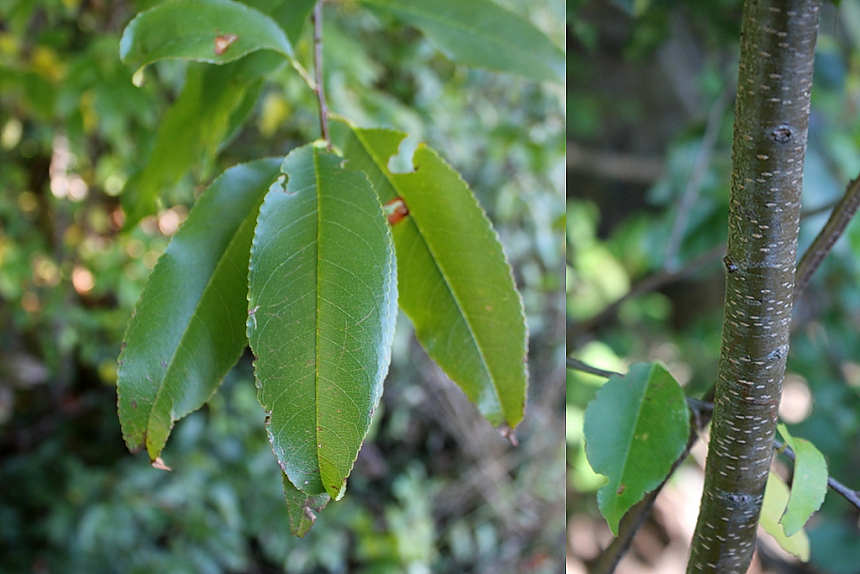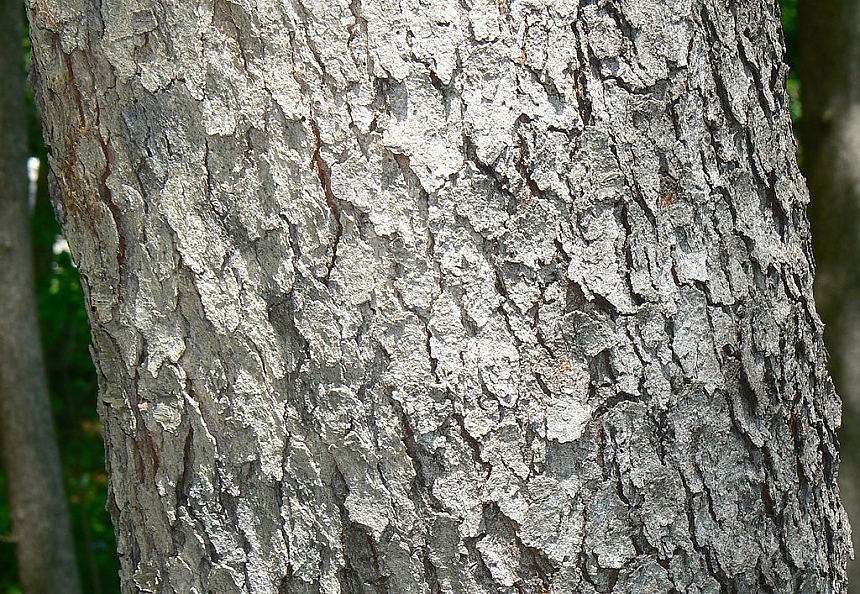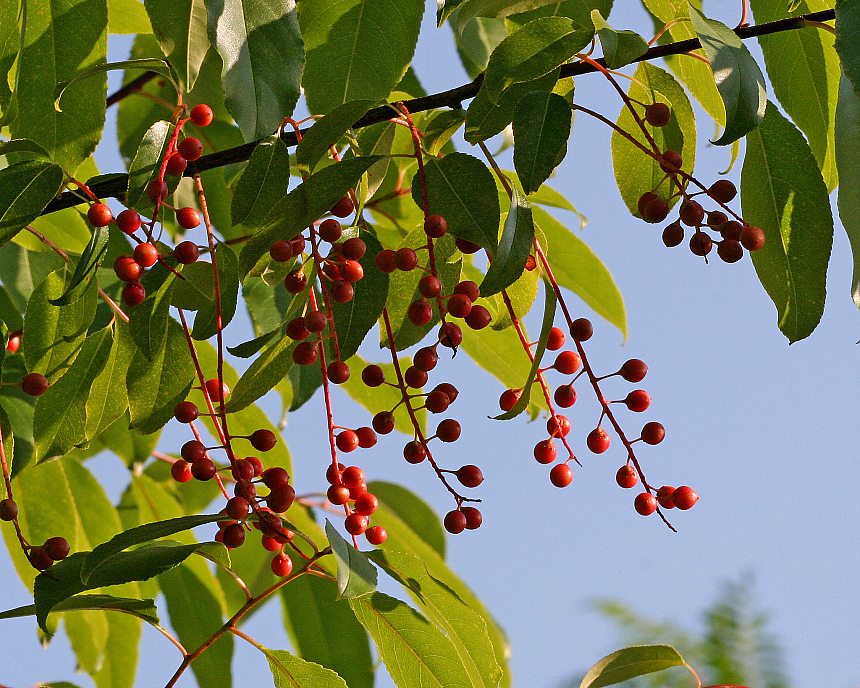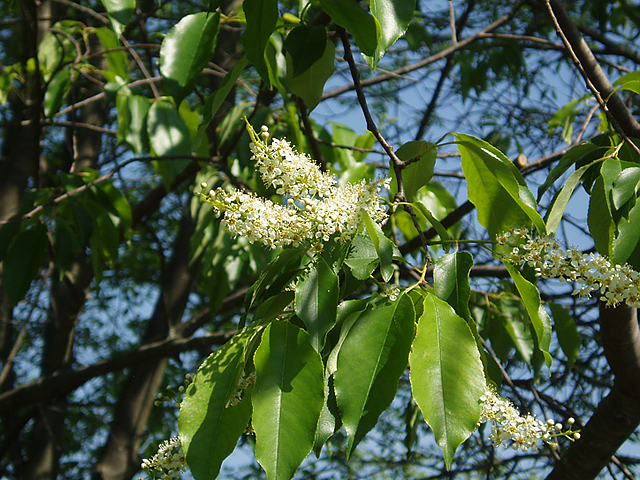Identification:
Leaves—
small green leaves with rough edges
Twigs—
very thing green and brown colored
Flowers—
small white flowers
Fruit—
very small round darker colored cherries
Bark—
rough texture, dull gray-brown color
Natural History:
Lifespan—
On average 100 years.
General description—
These are very large trees and they are the largest of all the cherry trees native to North America. This is a very versatile tree that can grow under a wide variety of climates. This tree is also very sensitive to insects.
Natural distribution and habitat—
They are native to North America and are usually found in the east and the Midwest.
Conservation status—
No serious threats, since it can grow in most soils (despite sensitivity to insects).
Uses—
Used for commercial value such as making furniture. Can also be used for medicinal purposes.




